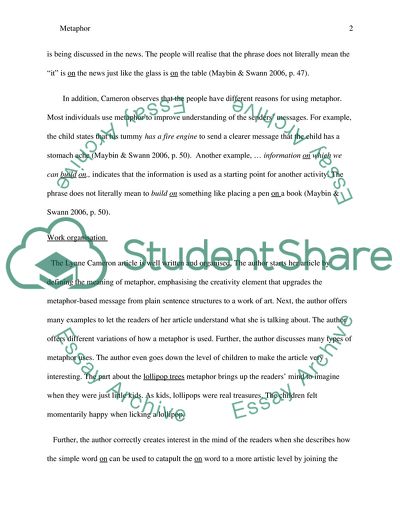Cite this document
(Metaphor: Art and Nature of Langauge and Thought Case Study - 1, n.d.)
Metaphor: Art and Nature of Langauge and Thought Case Study - 1. https://studentshare.org/literature/1784526-the-art-of-english-everyday-creativity
Metaphor: Art and Nature of Langauge and Thought Case Study - 1. https://studentshare.org/literature/1784526-the-art-of-english-everyday-creativity
(Metaphor: Art and Nature of Langauge and Thought Case Study - 1)
Metaphor: Art and Nature of Langauge and Thought Case Study - 1. https://studentshare.org/literature/1784526-the-art-of-english-everyday-creativity.
Metaphor: Art and Nature of Langauge and Thought Case Study - 1. https://studentshare.org/literature/1784526-the-art-of-english-everyday-creativity.
“Metaphor: Art and Nature of Langauge and Thought Case Study - 1”. https://studentshare.org/literature/1784526-the-art-of-english-everyday-creativity.


